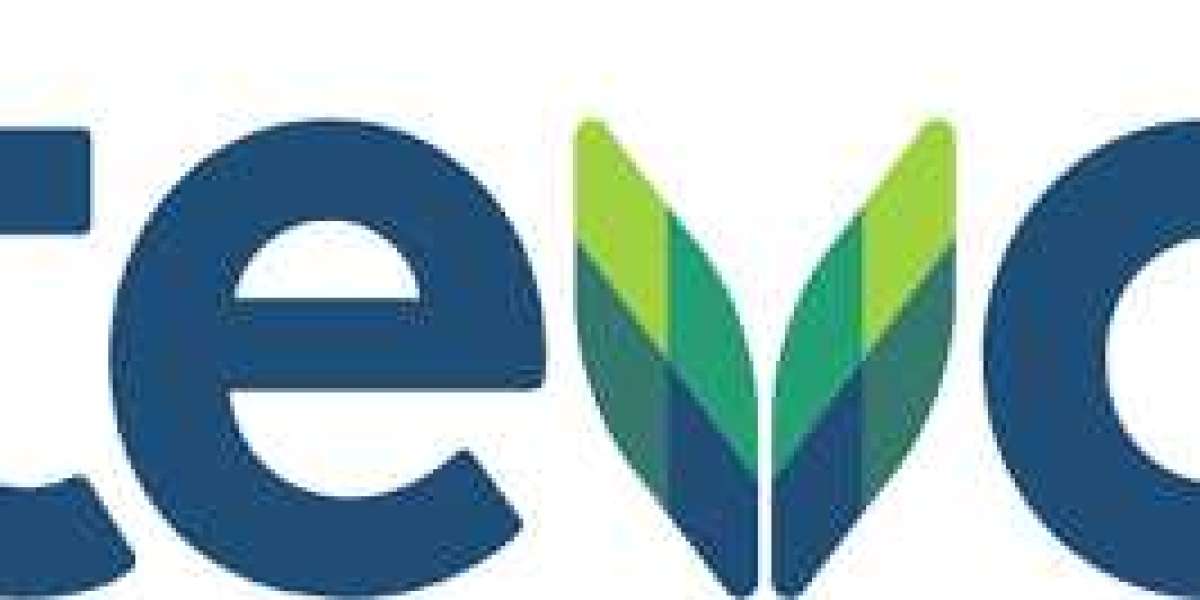Introduction to Teva Pharmaceuticals
Teva Pharmaceutical Industries Ltd. is one of the largest generic pharmaceutical companies globally, with a significant presence in both the generic and specialty pharmaceutical markets. The company is known for its innovative solutions in the treatment of various medical conditions, ranging from central nervous system disorders to respiratory illnesses.
Financial Performance Trends
Teva's financial performance can typically be evaluated through several key metrics including revenue, net income, operating income, and debt levels.
Revenue and Profitability
Teva’s revenue primarily stems from its generic drug segment, which includes a range of high-demand, off-patent medications. Its specialty medicines, such as Copaxone (for multiple sclerosis) and the respiratory product line, also contribute to revenue. Historically, Teva’s revenue has experienced fluctuations due to several factors:
- Generic Drug Market Growth: Teva benefits from a growing demand for generic drugs, especially in the U.S. where healthcare costs are a significant concern. However, the competitive pricing in this market can lead to lower profit margins.
- Specialty Drug Portfolio: The specialty medicines, while often high-margin, represent a smaller portion of revenue and face intense competition from biosimilars.
- Regulatory Challenges: Legal and regulatory hurdles have at times impacted Teva's revenue growth, particularly in the U.S. where the company faces patent challenges and ongoing litigation.
Cost Structure
Teva’s cost structure is heavily influenced by its manufacturing and RD expenses. The company invests significantly in research and development to sustain its portfolio of generic drugs and to bring new specialty treatments to market.
Debt and Financial Stability
Teva has faced challenges with its debt levels, especially after the $40.5 billion acquisition of Allergan’s generics business in 2016. While the deal strengthened its position in the generics market, it also placed Teva under significant financial strain due to increased debt.
- Debt Management: The company has been actively working to reduce its debt load through asset sales and cost-cutting measures.
- Cash Flow: Teva has managed to maintain positive cash flow despite financial challenges, allowing the company to sustain operations and support ongoing investment in innovation.
Strategic Initiatives and Outlook
Teva has taken several steps to reposition itself for future growth. This includes diversifying its product portfolio, expanding into emerging markets, and enhancing its biosimilars pipeline.
- Biosimilars: Teva has invested in biosimilars, aiming to become a leader in this growing segment of the pharmaceutical market.
- Cost Reduction: Ongoing efforts to streamline operations, including plant closures and workforce reductions, have been undertaken to improve margins.
- Focus on Specialty Drugs: Teva is focusing on expanding its portfolio in specialized fields such as neurology and oncology.
Conclusion
While Teva Pharmaceutical Industries Ltd. has faced significant challenges in recent years—primarily related to debt management, competitive pressures, and regulatory hurdles—the company is strategically positioning itself for growth. Its continued focus on generic drugs, coupled with investments in specialty treatments and biosimilars, will likely play a key role in its financial performance going forward.








